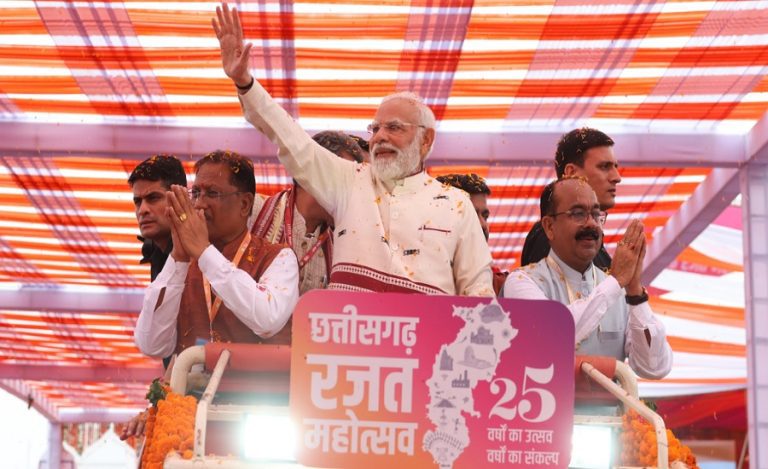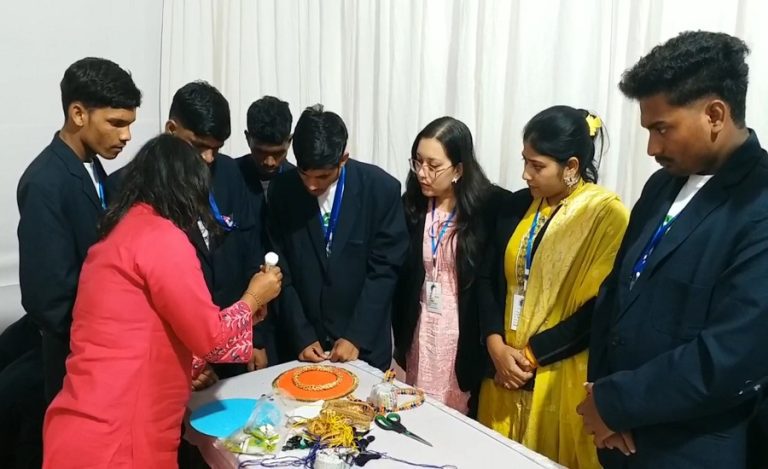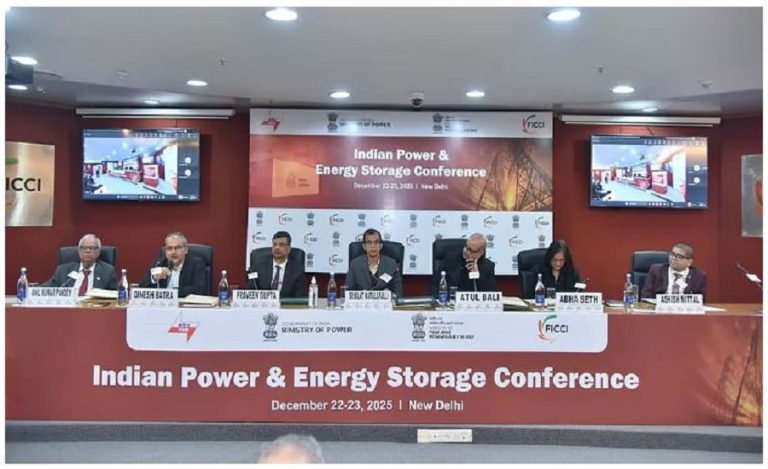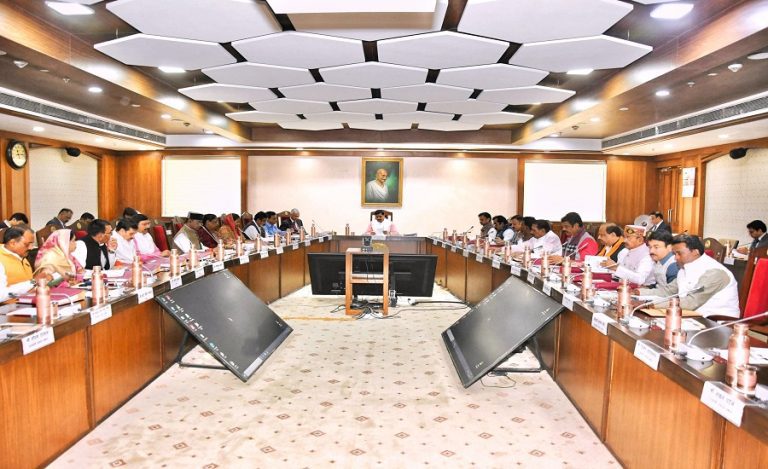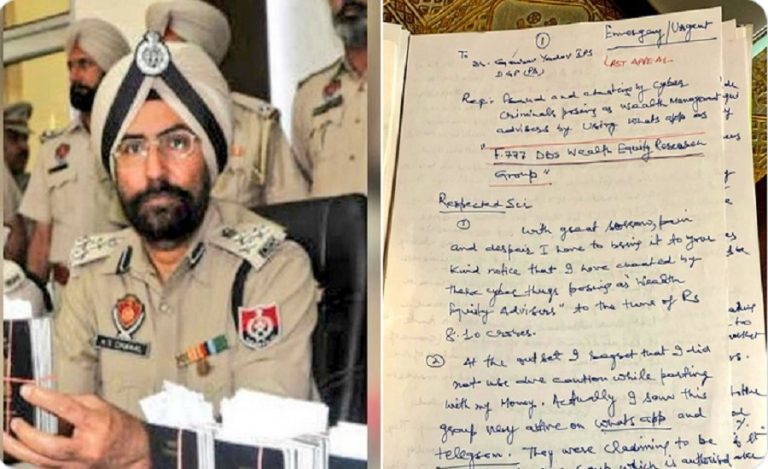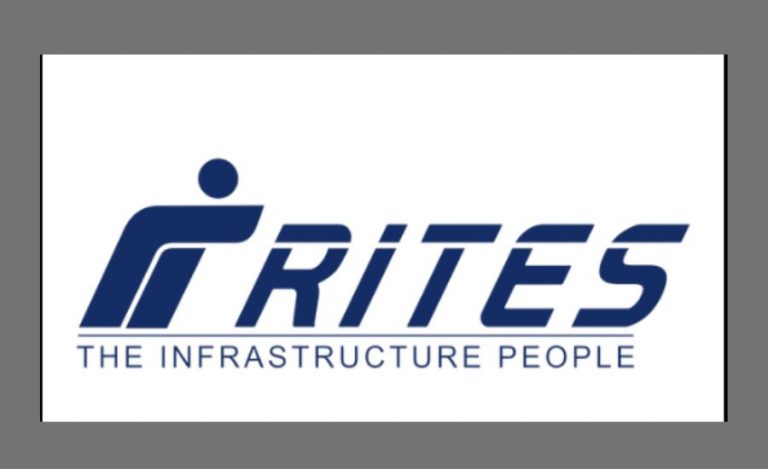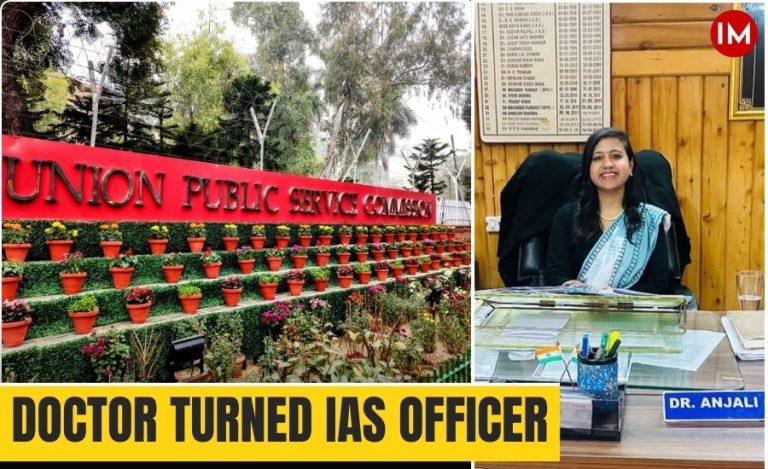Chennai/Kattupalli – In a significant step towards strengthening India’s maritime logistics capability, the keel for the third Fleet Support Ship (FSS) of the Indian Navy was laid at Larsen & Toubro’s (L&T) Shipyard in Kattupalli. The ceremony, held on July 9, 2025, was presided over by Vice Admiral Rajaram Swaminathan, Controller of Warship Production and Acquisition. Senior officials from Hindustan Shipyard Limited (HSL), L&T, and the Indian Navy also attended, underscoring the strategic importance of this milestone in India’s defence manufacturing ecosystem.
Public–Private Partnership Driving Indigenous Naval Strength
The FSS project comprises five ships being built under a contract awarded to HSL in August 2023. Deliveries will begin in mid‑2027. As part of a collaborative approach, L&T has been contracted by HSL to construct two of these ships. This partnership allows for expansion of national shipbuilding capacity and ensures adherence to stringent delivery timelines, especially with the third vessel now entering construction.
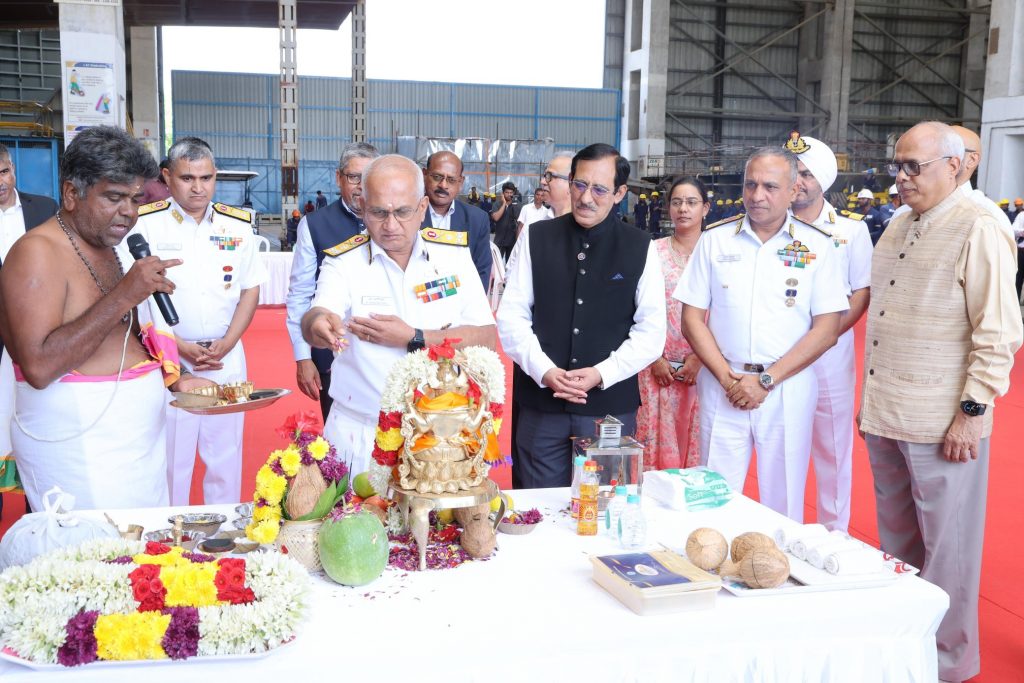
Also Read: UAE Navy Chief Visits India to Boost Maritime Cooperation – All Details Inside
Augmenting Blue-Water Operations with Strategic Reach
Each Fleet Support Ship will weigh around 40,000 tonnes and is designed to replenish warships at sea with fuel, ammunition, freshwater, and supplies. These capabilities are crucial to sustain the Navy’s blue-water operations across long distances. The FSS vessels will serve as logistical lifelines, significantly extending operational endurance and mobility of India’s frontline naval assets during extended deployments.
Beyond strategic replenishment, these ships will also play a vital role in Humanitarian Assistance and Disaster Relief (HADR) missions. The FSS vessels are equipped to evacuate people during emergencies and deliver essential supplies during natural disasters or conflict zones. This dual-use capability ensures they remain integral to both combat and relief operations.
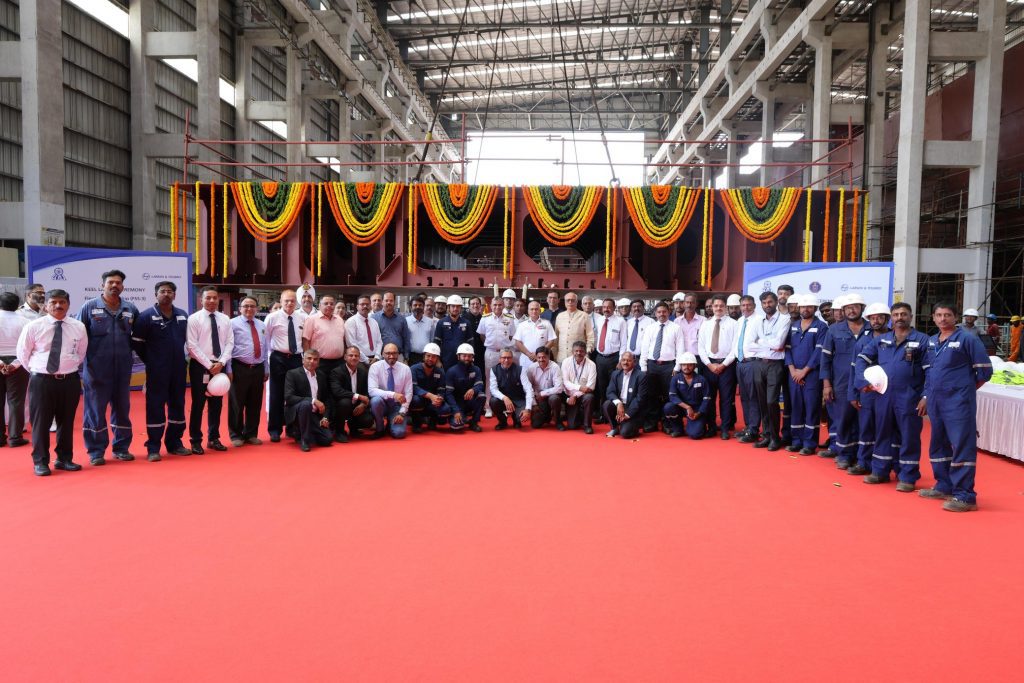
Indigenisation and Industrial Empowerment
The Fleet Support Ships are being indigenously designed and built using equipment sourced from Indian OEMs. This aligns with the government’s Aatmanirbhar Bharat vision and the broader ‘Make in India’ and ‘Make for the World’ initiatives. The project represents a successful public–private manufacturing model, encouraging industrial participation, technology absorption, and skill development across the defence sector.
Also Read: Indian Navy Signs Pact with Bharat Electronics (BEL) for National Maritime Domain Awareness Project


